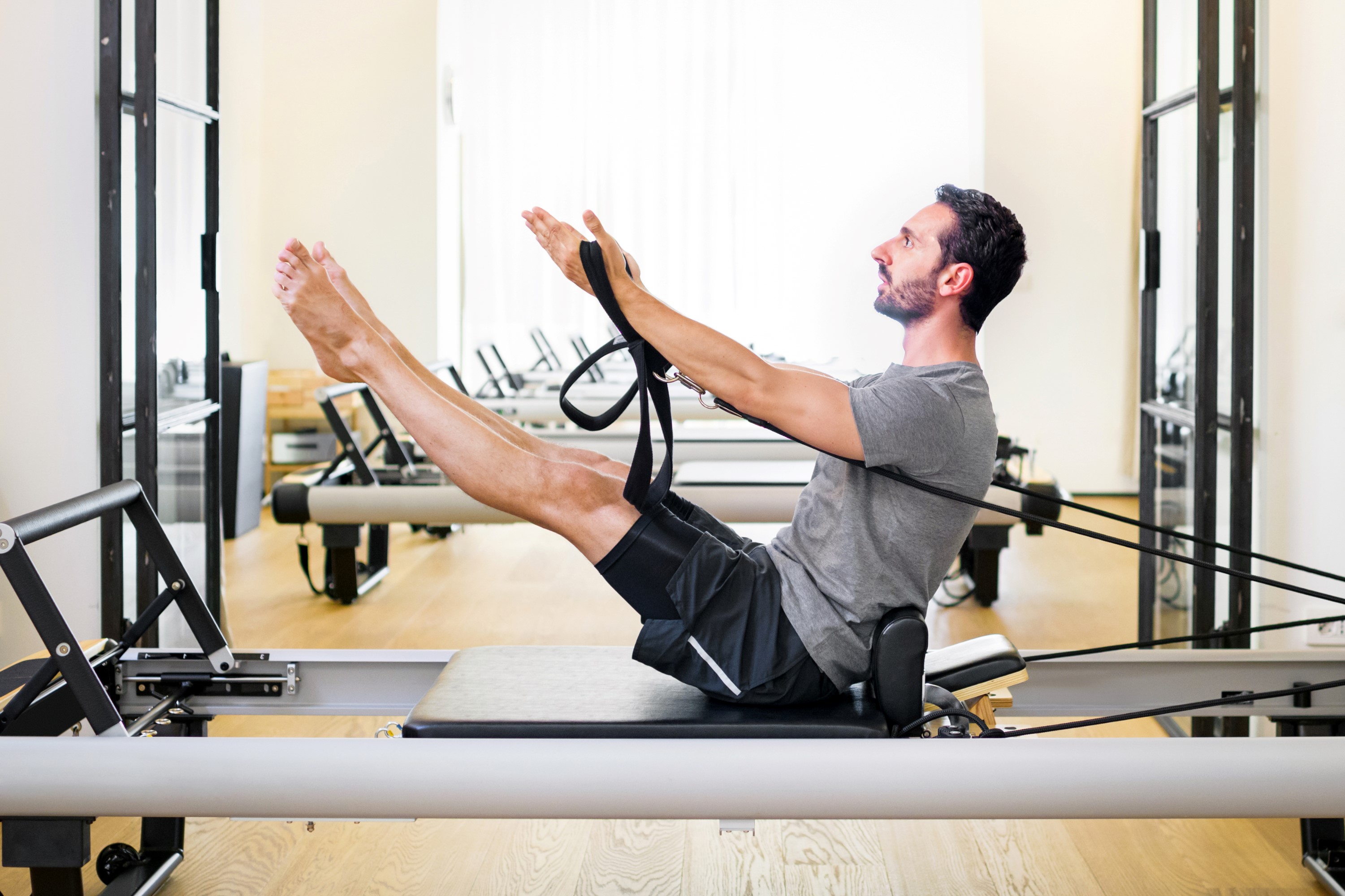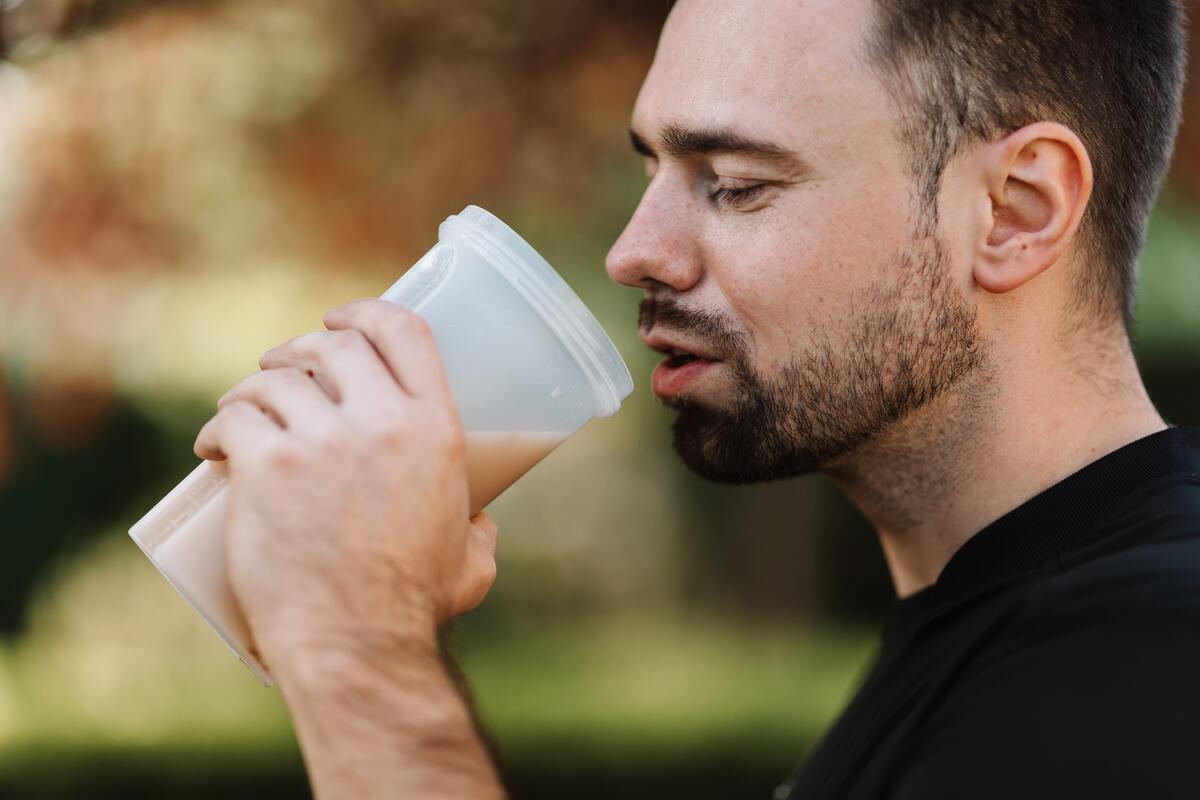
Finding the perfect way to strengthen and tone your muscles can be hard. It’s especially difficult if you’ve had struggles with physical activity in the past. If you need a more low-impact exercise, Pilates may be the choice for you.
Believe it or not, Pilates is a great way to tone your arms and strengthen them. This is a slow-paced art that focuses on controlling your breathing while also encouraging more fluid and precise movements. In addition to this, your balance and posture will be stabilized.
We will discuss some strengthening Pilates exercises to start with that will boost your strength and flexibility and will have you seeing a toned physique in no time. With these exercises, you will have the toned, muscular arms of your dreams, with confidence and improved abilities to match!

Is Pilates enough to strengthen your arms?
Pilates can be great for strengthening your arms and can even be used as an alternative to weightlifting if you are not too much of a fan. This full-body workout can be done at a beginner’s level or an expert’s level, and you’ll be able to see the benefits among all your muscles, including those in your arms.

Does Pilates burn arm fat?
One thing to consider is that you can burn fat with muscle gains. As you put your body through exercises to increase muscle mass, fat can be burned as well as your body needs to exert energy.
However, keep in mind that you can’t lose fat by spot reduction, as you can’t target fat loss in just one part of the body. The total body composition is impacted by fat burn, weight loss, and muscle gain. As previously mentioned, Pilates is a total-body workout, so you’ll likely see reduced fat and sculpted arms if you are consistent and eating in a calorie deficit.

3 Pilates moves for stronger arms
Pilates push-ups
One move that can help you strengthen your arms is the Pilates push-up. This move will work out your biceps and shoulders. Your arms will be stronger, and so will your entire upper body, which makes for a balanced distribution of strength and the ability to apply it. This strength and balance will come in handy when it’s time to carry a heavy load.
Instructions:
- Get into a plank position on your Pilates mat with your arms extended. Your legs should be together as you hold your feet in the Pilates V stance.
- From your head to your feet, your form should resemble a straight line, with your hands placed slightly wider beyond your shoulders.
- Bracing your core, bend your elbows to lower your body downward. When your chest is close to the floor, stop and hold this position.
- Follow up by straightening out your arms to push yourself back up.
- Repeat for two to three sets of 12 to 20 reps.
Tricep dips
Another Pilates arm workout that will develop and strengthen your arms is tricep dips. Doing this workout will give you some next-level toning of your back, chest, and shoulders. Again, as Pilates involves a full-body workout, you’ll see an upgraded and stronger upper body. You don’t necessarily need a bench or chair to complete this exercise, as the Pilates variation only requires a mat and flexibility.
Instructions:
- Get on your Pilates mat with your legs stretched out before you. As you extend your legs, make sure your weight is resting on the heels of your feet in front of you.
- You should be sitting slightly raised from the floor, with your hands behind you, with a palm on either side, and your fingers pointed forward.
- You’ll keep your elbows tucked into your sides and then bend them until they reach a 90-degree angle. Bending your elbows should bring your body down to the floor.
- After this, use your palms to push yourself back up to your initial position.
- Once acclimated, you can do three or four sets of ten to fifteen reps.
Bicep curls
Bicep curls can also serve as a simple but effective Pilates exercise that targets your arms. Typically, all you’ll need is your Pilates mat. However, it should be noted that this workout can be done anywhere, even for a few quick minutes in the office if necessary.
Instructions:
- Stand with your feet in the Pilates V stance on your mat, with your arms stretched out in front of you. As you do this, have your palms turned upward toward the ceiling.
- Stand with your shoulders relaxed away from your ears, and then squeeze your shoulder blades together.
- Then, make a tight fist that causes your bicep to contract. Curl your fists up so that your fingertips touch your shoulders as you breathe out.
- Pause for a moment, squeezing your biceps as you do this. Create resistance with the curl, and then extend your arms forward.
- Do four sets of 15 to 20 reps.

Other tips for strengthening and toning your arms
Overall, Pilates can be a great mechanism for strengthening and toning your arms. It’s especially great because there is a focus on the entire body and various muscle groups. One thing to remember when doing arm workouts is to give attention to your entire arm and not just your biceps because they catch the eyes more easily.
Additionally, make sure you work both arms equally. It may help to alternate between your left and right arm as you do each rep. This can ensure your arms have equal physical strength and capabilities regardless of your dominant arm.
As you advance, you may see the benefit of including both Pilates and weightlifting in your regimen. Pilates doesn’t require equipment and can be done as a slow, controlled discipline. This is a low-impact exercise that can be done to tone your entire body while maximizing core strength and flexibility.
Be sure to not work out the same muscle group two days in a row, and consume plenty of protein to provide your muscles with the fuel they need to build.
Editors' Recommendations
- How to do a perfect pushup every time, according to a pro trainer
- Should you wait to drink alcohol after working out? Your questions answered
- 5 effective foam roller back exercises your body will thank you for
- These are the 3 types of exercise you should be doing for better mental health, study says
- A pro fitness trainer tells us exactly how to do a lunge the right way




